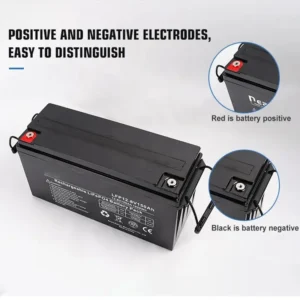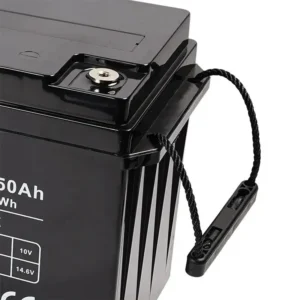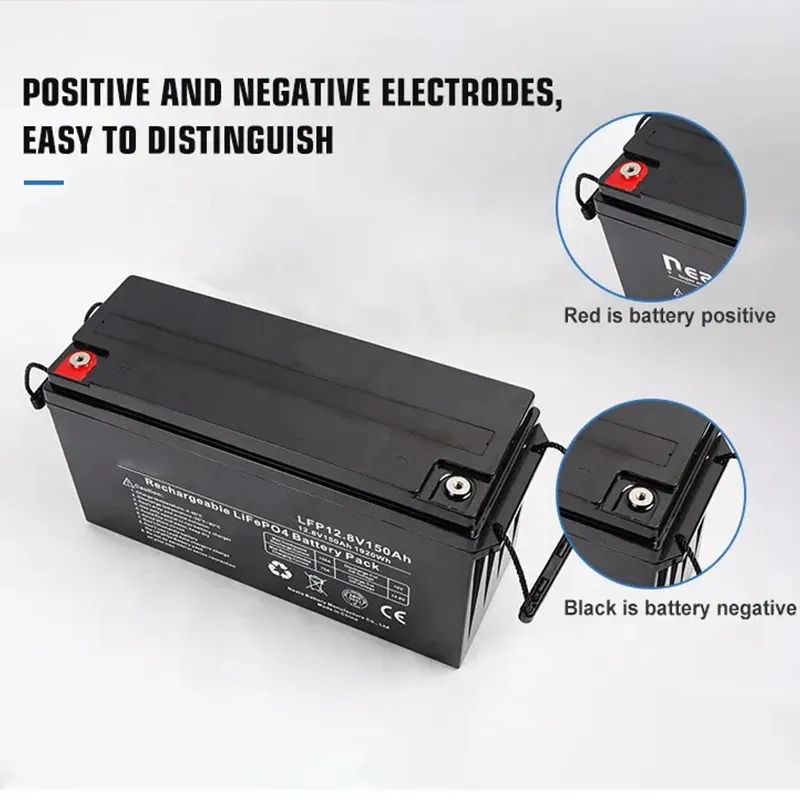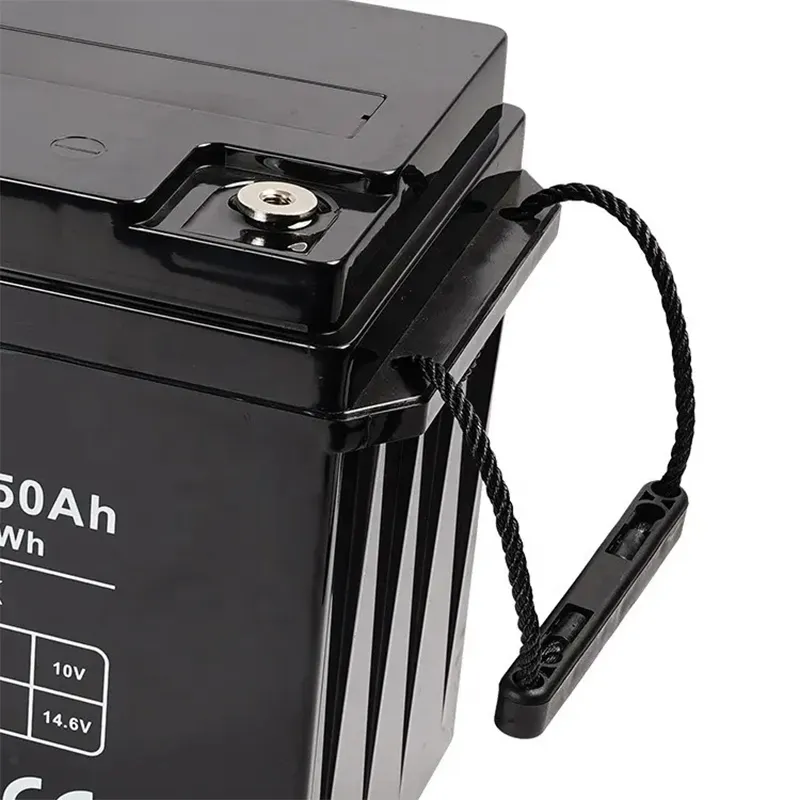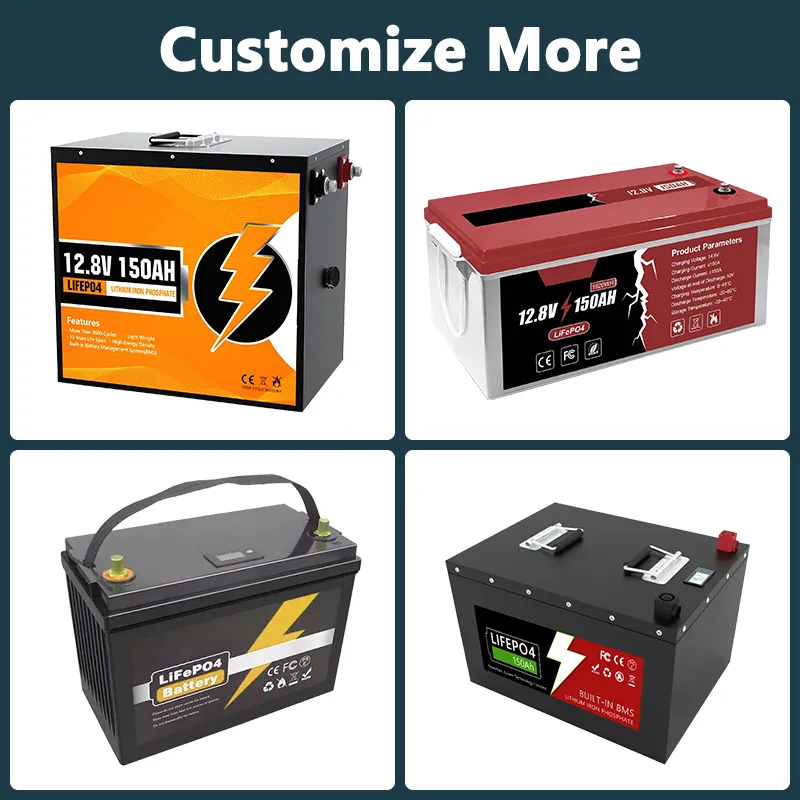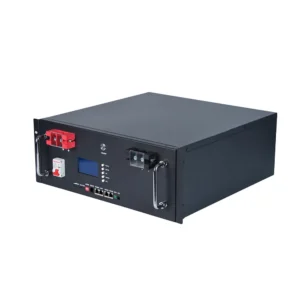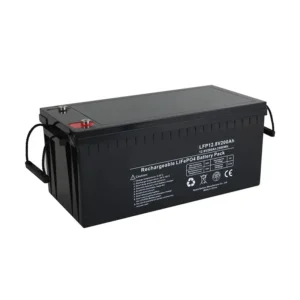12.8V 150Ah LiFePO4 Battery LFP12150
Features:
- Advanced Battery Management System (BMS): It is equipped with a sophisticated BMS that protects against overcharging, over-discharging, and short circuits.
- Excellent Safety: LiFePO4 chemistry is known for its inherent safety features, including resistance to thermal runaway and reduced risk of explosion or fire.
- Long Cycle Life: It has a long cycle life, with the ability to withstand numerous charge and discharge cycles without significant capacity loss.
- Fast Charging: The battery supports fast charging, allowing for quicker recharge times and reduced downtime.
Parameters
| Model | LFP12150 |
| Rated Capacity | 150Ah |
| Rated Voltage | 12.8V |
| Energy | 1920Wh |
| Standard Charge Current | 30A |
| Max. Charge Current | 100A |
| Charge Cut Off Voltage | 14.6V |
| Standard Discharge Current | 30A |
| Max. Continuous Discharge Current | 150A |
| Discharge Cut Off Voltage | 10V |
| Max. Pulse Discharge Current | 300A |
| Charge Temperature | 0 to 45ºC |
| Discharge Temperature | -20 to 60ºC |
| Storage Temperature | 0 to 40ºC |
| Dimension (L*W*H) | 483*170*246mm |
| Weight | 20kg |
CAN'T FIND WHAT YOU WERE LOOKING FOR?
FAQ
LiFePO4 (Lithium Iron Phosphate) batteries are generally considered safer and have a longer cycle life compared to traditional lithium-ion batteries. LiFePO4 batteries offer stable chemistry, high power output, and voltage stability. While lithium-ion batteries have higher energy density and are more cost-effective, the choice depends on specific application needs, safety considerations, cycle life requirements, and budget constraints.
Yes, LiFePO4 batteries are worth it. They are safe, have a long cycle life, provide high power density, and perform well in extreme temperatures. They require little maintenance, are environmentally friendly, and offer stable voltage and fast charging. LiFePO4 batteries are compatible with lead-acid replacements and can be cost-effective in the long run.
LiFePO4 batteries are known for their long lifespan. On average, they can last anywhere between 10 to 15 years, depending on factors such as usage patterns, charging and discharging conditions, and overall maintenance. With proper care and regular maintenance, LiFePO4 batteries can provide reliable performance over an extended period of time.
LiFePO4 batteries are more expensive due to the higher cost of raw materials, complex manufacturing processes, advanced safety and performance features, and market demand. However, as technology advances and economies of scale improve, their prices are expected to decrease over time.


